Grad Spot: Marja de Sanctis
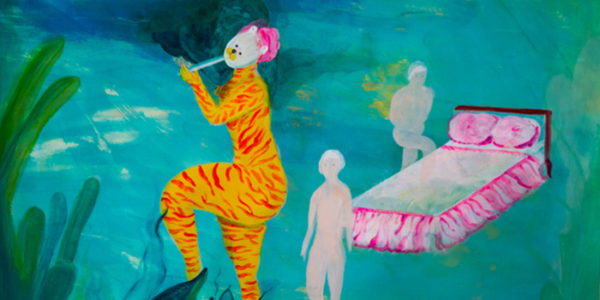
Marja de Sanctis recently graduated from Camberwell College of Arts with an MA in illustration.
Fuelled by curiosity and an obsession with vibrant colour combinations, Marja loves to reinterpret songs, podcasts and human stories through use of symbolism and metaphor within her work.
Originally from Brazil, Marja lived in Rome for a number of years before moving to London to study. This gives her a unique perspective and ability to pick and choose inspiration from three thriving and unique art scenes.
We caught up with Marja to find out more about her time at university and aspirations for the future.
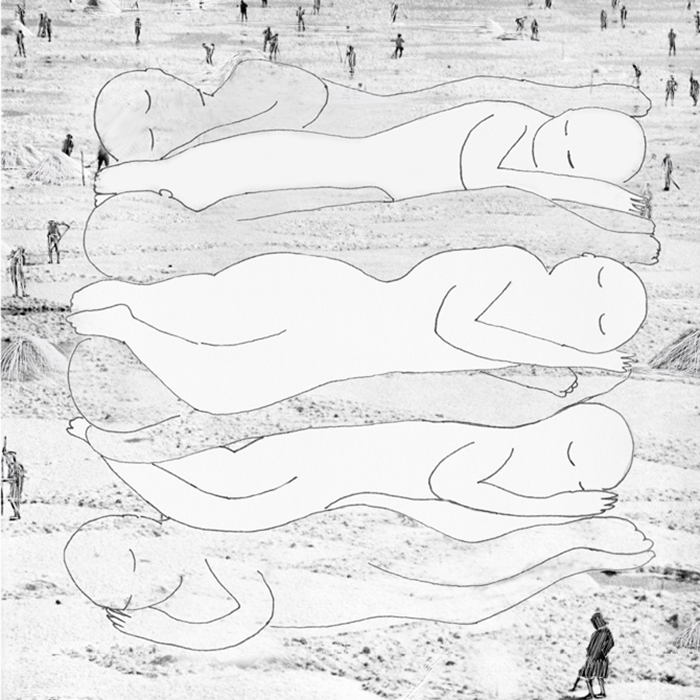
Hi Marja – can you tell us a little bit about your career so far – have you taken on much client work yet?
Let’s say that things have started to move on but they are still not paying all my bills!
What aspect of your course have you most enjoyed?
The social side of my course was the biggest advantage of doing it. I met brilliant human beings there (both classmates and tutors) that I hope will stay in my life for a long time. I also appreciated how I was encouraged to push and accept my visual language further and to dig deeply into my area of interest.
Are you looking for agency representation or happy to do it yourself?
I am not actively looking for representation at the moment but if an agency approached me I would be open to it.

How would you describe your working process? What materials do you most enjoy working with?
If I have a brief I think about translating it into concepts and images doing some research and loads of sketches. I noticed that once I assimilated an idea, if I leave room for spontaneity some more clues could come into my sketchbooks. Once I am happy with the ideas I then do a few pencil roughs to work out composition. After that, I work on the actual illustration using mixed media. I have lately been doing the final pieces twice because I wasn’t happy with the first one. If I am working with clients, between stages I send the work over and we discuss it before moving to the next step.
If I don’t have any brief I just open my sketchbooks and draw spontaneously. I like to see which themes keep coming back in a particular period.
I love experimenting with new materials and right now I am working a lot with acrylic paintings, stabilo pens, pencil, and ink on paper.

You describe yourself as “addicted to vibrant colours”. What appeals to you so much about vibrant colour schemes and do you have a favourite colour combination at the moment?
For me colours can be very immediate in expressing feelings and the vibrant ones have a special punch that makes me feel good. It’s almost like a flavour or food that you need to eat everyday in order to feel nourished. I noticed that I cooled down my colour palette and at the moment I am using loads of different blues combined with pinks.
Before my course my work was very spontaneous and it was very often a direct expression of my emotions. At that time my palette was very warm with loads of reds, almost like an explosion. After my course I started planning and thinking more about my work, taking into consideration the communication side of it and my colour palette has become colder. I found it quite interesting, as cooler colours tend to be associated with more rational thoughts.
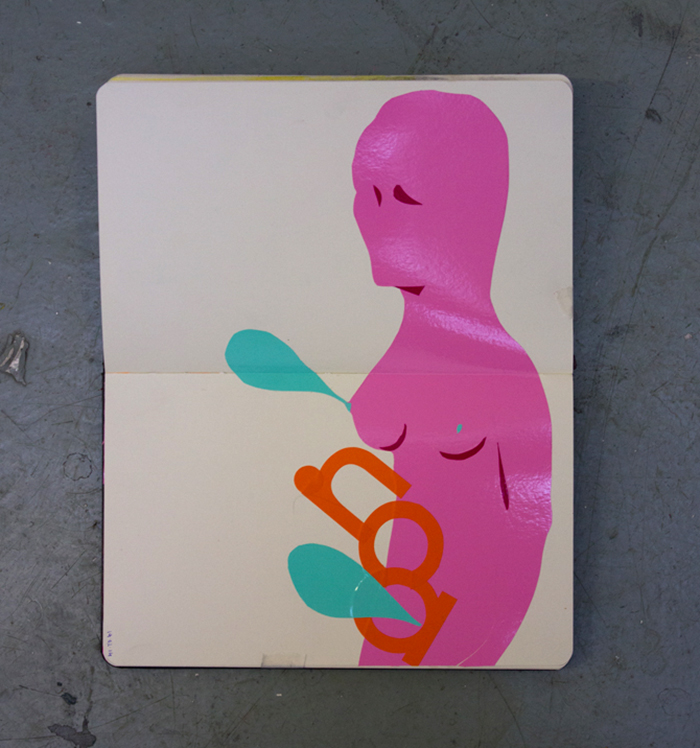
Colour is almost like a flavour or food that you need to eat everyday in order to feel nourished.

Do you take day trips or travel often? How does this fuel your creativity?
Whenever I can I like to go to museums and exhibitions. I also enjoy walking in a park (often Burgess Park around the corner) and I like to be in places where I can observe people and their dynamics. I question myself about humans relationships a lot and also how we relate with the society we live in. This are often starting points for my drawings.
What role do sketchbooks play in your work?
Sketchbooks play a very important role in my work but also in general life. I like to consider them as good friends who I can talk about everything. When I work on my sketchbooks I feel inside a safe place where I can open my heart and start a conversation. This conversation is very important because I tend to better understand what is going on with me at that particular moment and what topics are interesting me. I feel that I can be more instinctive on my sketchbooks and later on I can rationalise and better develop the themes I explored earlier.
Now I also use them to develop concepts and to visually plan my illustrations.
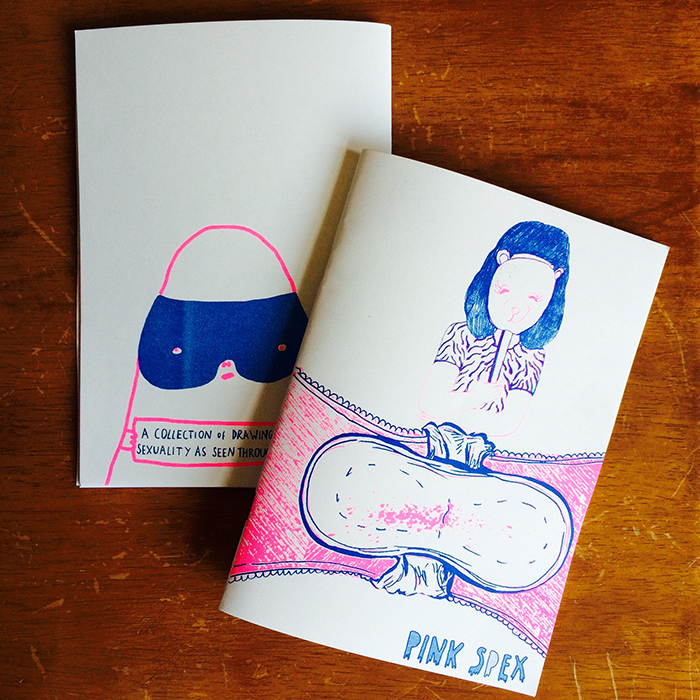
We particularly liked the pieces you contributed to Pink Spex Zine. Can you tell us a bit more about it?
Me, Hannah Prebble and Jordana Globerman came out with the idea of making Pink Spex after several conversations we had regarding different aspects that relates to sexuality. From casual sex, porn, loneliness to social identity and roles. The zine is about seeing those topics from a female perspective (as we happen to be all girls!). Pink is the stereotypical female colour and specs (or glasses) represent our viewpoint on the topics we’ve addressed.
Jordana then contacted the brilliant Julia Scheele and Sarah Broadhurst from One Beat Zines who were happy to distribute our publication.
Did you enjoy the collaborative process and is it something you are keen to do again?
I like to do collaborations because you join forces and usually tend to do good things together as everyone has different talents. It can be quite overwhelming though! But I am always open to new collaborative projects.
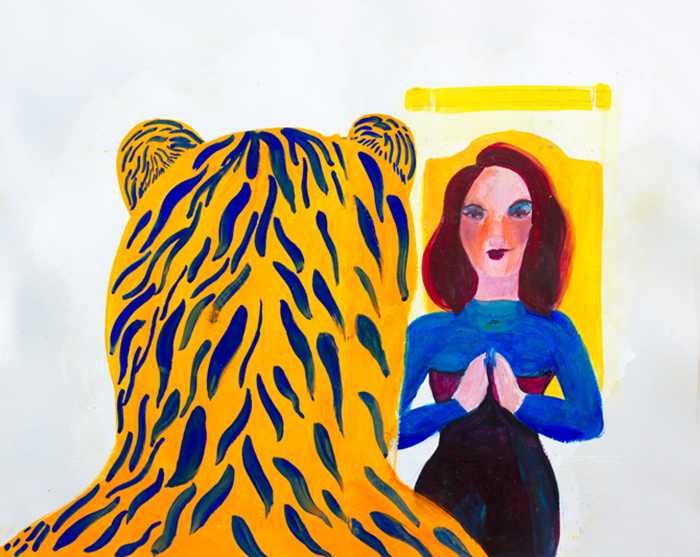

Tell us about the last book you read or documentary that you watched – is there a subject matter interests you most?
The last book I read and am still reading is Ways of Seeing by John Berger. It is making me realise even more how art is influenced by its cultural surroundings and beliefs of the historical period it was made. I especially liked the essay that explores the way women is seen and represented in art. I found it amazing to see that it has not changed much in 500 years!
The last documentary: Kurt Cobain. I wish I hadn’t watched it because I prefer to remember him as the myth he was for me when I was a teenager. This documentary kind of killed the fascination I had for him. Sometimes I think it is better to keep the myth and mystery.
I recently watched other documentaries that I liked better and they were “Citizenfour” and “Inequality for all”. I am really interested in documentaries that show aspects of our society that are being taken for granted or we didn’t even know exist. Generally I am interested in social matters.

Are there any creative projects out there that you’ve seen recently that you wish you’d made?
I usually say: ‘Oh, I wish I have done that’ so often that is hard to keep track of everything!
Are there any artists or illustrators that you admire? Who are they and what do you like most about their work?
At the moment I am really into these artists/illustrators: Gary Baseman, Robert Deutch, Ryan Heshka, Charlie Roberts and Laura Callaghan. The different ways that all of them use traditional techniques is something I find very fascinating. Besides that, all of them have very strong characters and beautiful, sometimes unsettling settings. I also respect a lot the work of illustrators Emiliano Ponzi and Alessandro Gottardo (aka Shout), especially for their conceptual illustrations. But this is only a small list of artists I admire. There are so many out there that influence my work or that I look up to. I could start form Giotto, Caravaggio and Odilon Redon arrive at Frida Kahlo and write a big list of people I respect.
I think we are very lucky to live in a historical period that has inherited this enlightening legacy.

Where do you work?
I work at home, in Camberwell, South East London. I find it a bit too intense sometimes because I end up staying days without leaving my flat and seeing anyone else apart from my boyfriend, that sometimes works from home too! I would love to have a studio at some point.
What is your go-to snack of choice to fuel your creativity and productivity ahead of a big deadline?
I love to have tea with some fruit cake slices I get from Morrissons. They are very good and the ‘free from’ on the label helps to deal with the guilt!
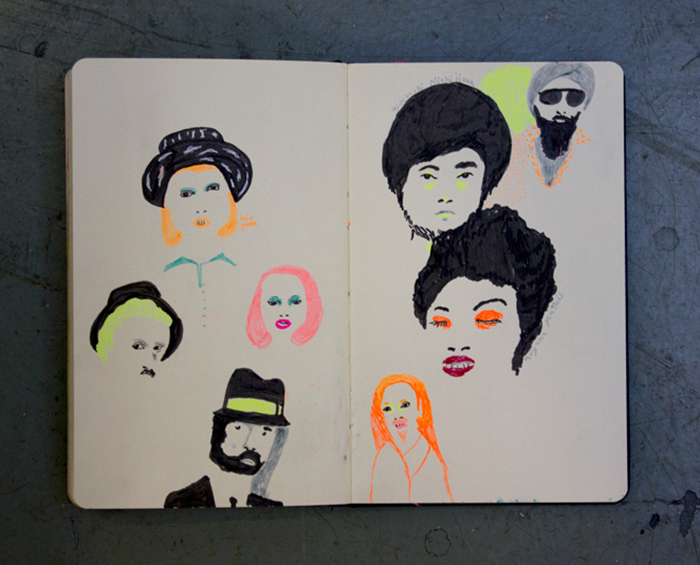
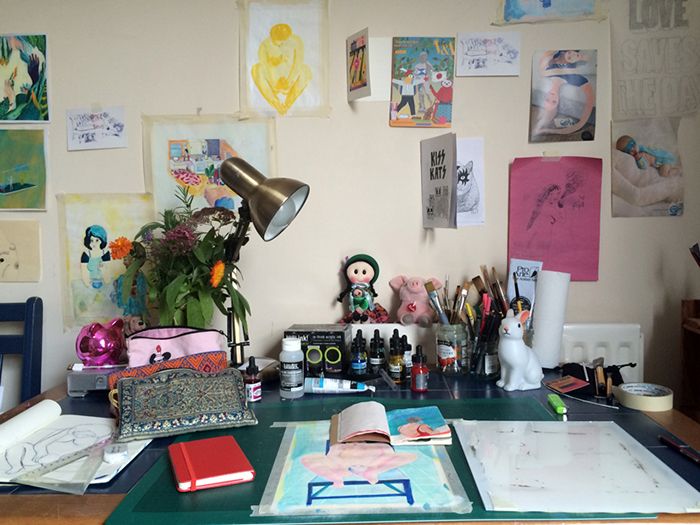
We are fascinated by different art scenes all over the world and how they differ. How do the art scenes in Brazil, Italy and London differ? Which works better for you?
I tend to follow the music scene in Brazil more than the art scene. I lived in Rome before moving to London and what I can say about Rome is that there is a big street art scene. I love all the new murals they are doing in the Roman’s suburbs. They are quite huge and fascinating and have often a focus on social commentary.
I am sure there is a lot more going on there but this is what captured my attention most.
I personally prefer the scene in London as I think people are more open to new voices and collaborations and this makes it more varied and vibrant.
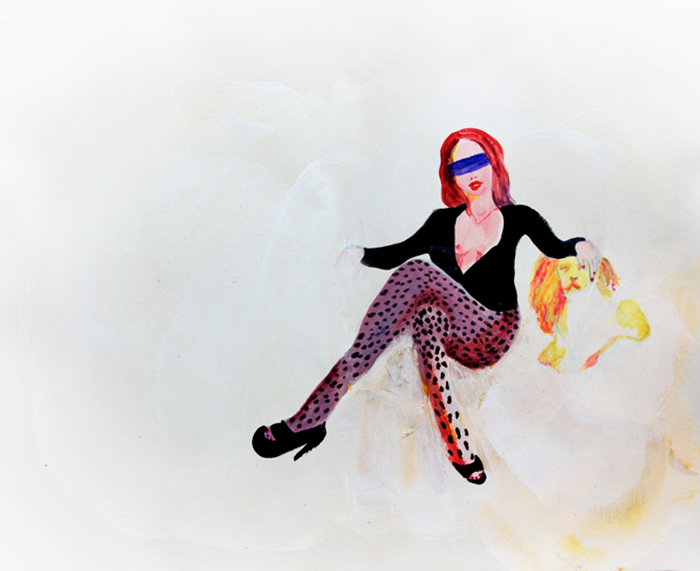
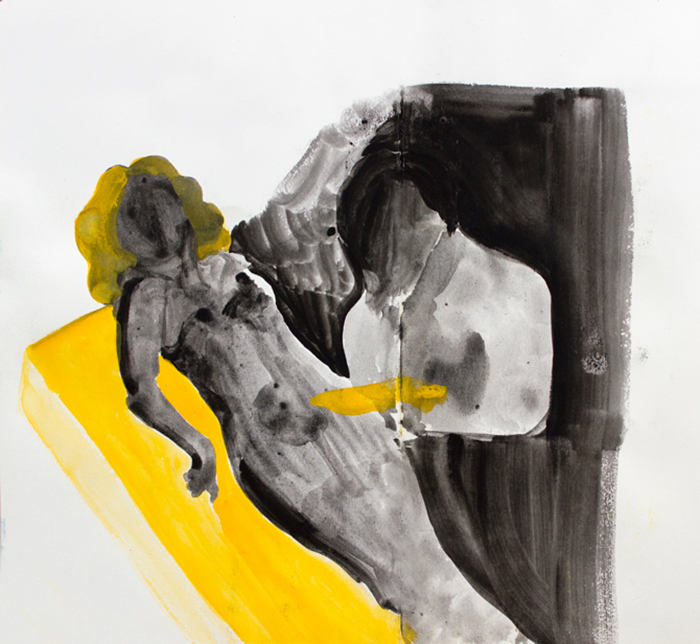
Finally, what would you most like to be doing with your illustration in 5-10 years time?
By then, I would like to have made some brilliants characters to display in different settings.
I would also love to pass on the experience that I will hopefully have in 10 years time to young people that cannot afford to pay for their studies. There are so many talented people out there and it would be a shame to miss out on them because of the financial side of education.





